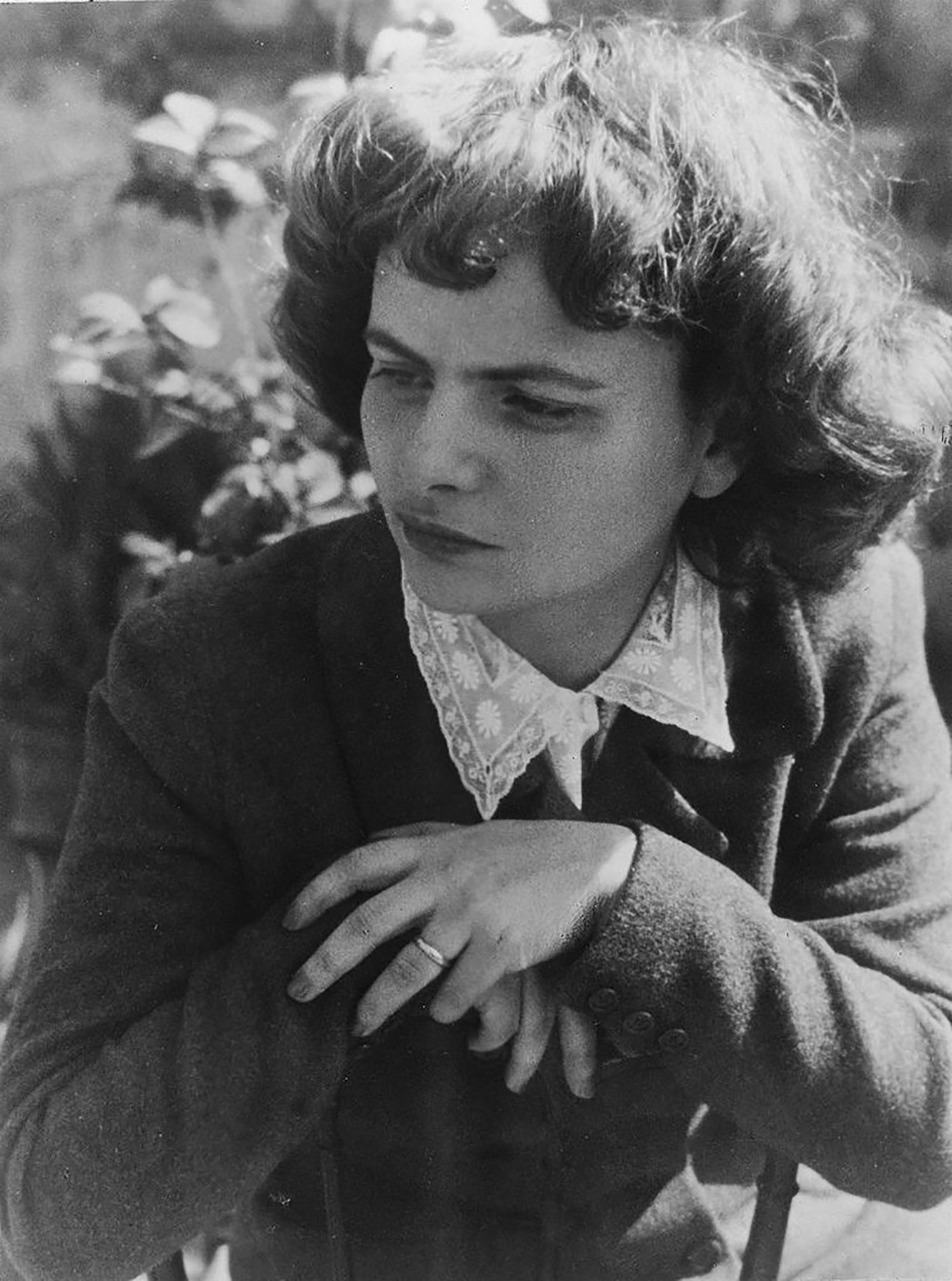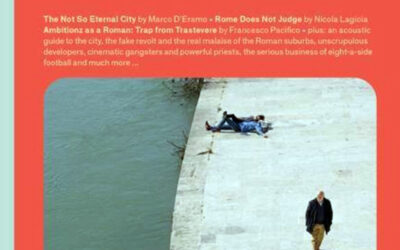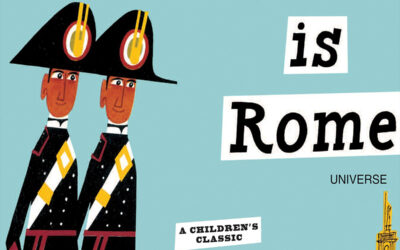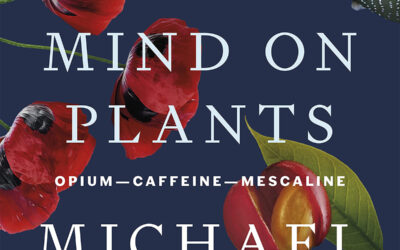Arturo’s Island
DESCRIPTION
In this little-known classic of Italian literature, young Arturo grows up in near-isolation on the island of Procida in the Bay of Naples. His mother died in childbirth and his wayward father, who left him as a child in the care of a servant on the island, returns only sporadically. Cut off from the island community, Arturo exists almost entirely in solitude: he roams the island with his beloved dog, sails in his boat and reads tales of virtuous heroes and adventurers whom he imagines resemble his father. The boy's world is upended when his father arrives from Naples with his new wife Nunziata, who at sixteen is only a few years older than Arturo. Their presence shatters his childhood idyll, awakening passionate feelings and drawing the family towards painful conflict. Arturo's Island is a moving and dramatic portrayal of the loss of childhood idealism and the inescapable force of desire.
INFO
Elsa Morante.
Was born in Rome in 1912, the daughter of Irma (née Poggibonsi), a schoolteacher, and Augusto Morante. Her mother came from a Jewish family in Modena.When she was a teenager Morante discovered that Francesco Lo Monaco, a family neighbor, was her biological father. Except for a brief period during World War II, she resided in Rome until her death in 1985. Morante started writing at an early age. Without having much support from her parents, she relied mostly on self-education. She began writing short stories in the mid-1930s. Some were published in various publications and journals, including periodicals for children. Her first book, a collection of short stories called Il Gioco Segreto (The Secret Game), was published in 1941. In the same year she married fellow novelist and film critic Alberto Moravia. In 1942 she wrote her first children's book, Le Bellissime avventure di Caterì dalla Trecciolina (republished in 1959 as Le straordinarie avventure di Caterina). During the German occupation of Italy late in World War II, Morante and Moravia, fearful because of their Jewish heritage, fled Rome to repair in Southern Lazio, in a village near Fondi and where there were several poor families of shepherds, called in the past, with an offensive term, "ciociari" in the modern Roman dialect. The experience would inspire Morante's La storia (1974) and Moravia's La Ciociara (translated in English in 1957 as "Two Women" and later made into a film by Vittorio De Sica). During her time in the territory of Fondi, she began translating the work of Katherine Mansfield. Morante decided to briefly return to war-torn Rome at great personal risk to retrieve the manuscript of what would be her first published Menzogna e sortilegio and get winter clothes. At the end of the war, Morante and Moravia met American translator William Weaver, who helped them to break into the English-speaking market. Her first novel, 1948's Menzogna e sortilegio, won the Viareggio Prize, and was published in the United States in 1951 as House of Liars. Despite her international success, Morante found the English translation quite disappointing. Morante's next novel, L'isola di Arturo, was published in 1957 and won the Strega Prize. In 1961 Morante and Moravia separated, without divorcing, and Morante's writing became more sporadic. She destroyed much of the work written during that period, although she did publish a novel, The Andalusian Shawl (1963), and a poem, The Adventure. Her next work, Il mondo salvato dai ragazzini (The World Saved by Children), a mix of poetry and songs mostly addressed to her new lover, artist Bill Morrow, was published in 1968. In 1963 Pier Paolo Pasolini invited Morante to select the music for his film The Gospel According to St. Matthew. She also collaborated in casting the actors. In 1974 Morante published La storia, a book chronicling the events surrounding Rome during World War II. It became a national bestseller in Italy, partially due to Morante's insistence that publisher Einaudi would put it out in an economical paperback edition. Despite its commercial success, the book provoked furious and at times negative reactions from left-wing literary critics, who disliked its anti-ideological tone. After Pier Paolo Pasolini wrote a negative review of the book, Morante broke off their friendship. La storia was adapted into a Rai television series in 1986. Morante's final novel, Aracoeli (1982), has been perceived as a summary of all the motifs and trends present in her writing, such as the innocence of childhood and the importance of creating fantastic worlds to escape from dreary realities. The first English-language biography of Morante, A Woman of Rome, by Lily Tuck, was published in 2008.








